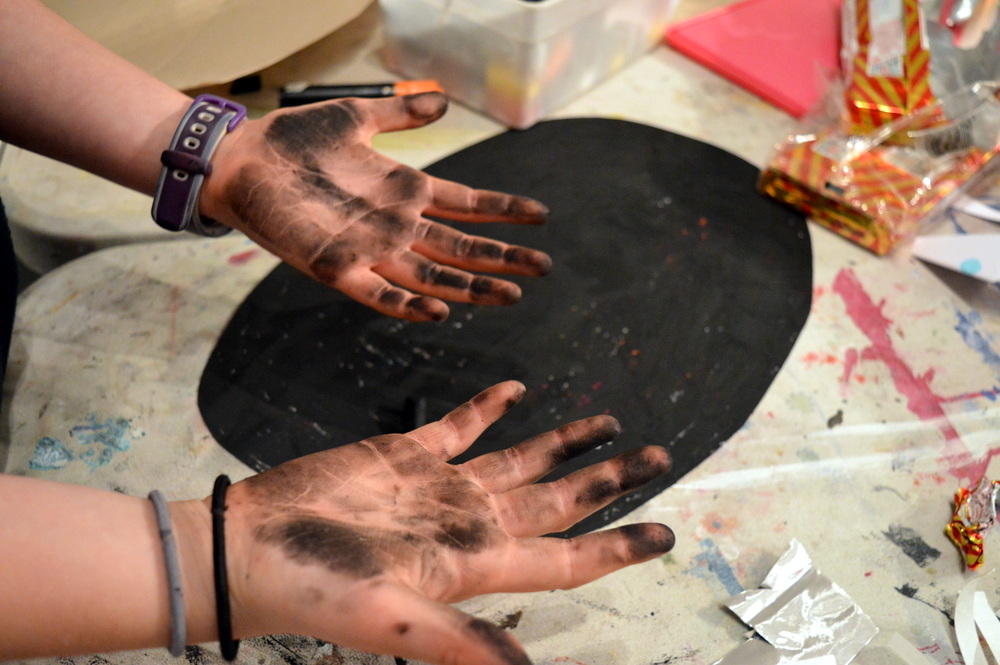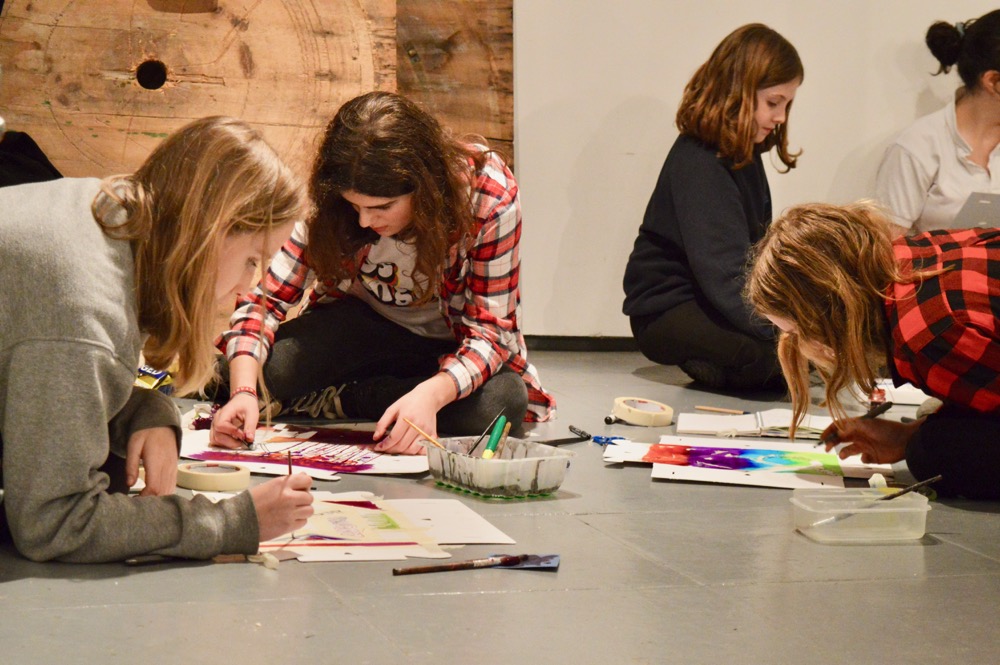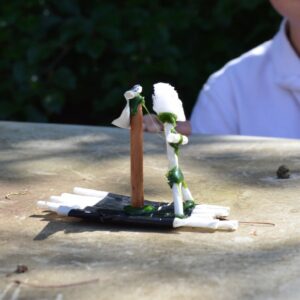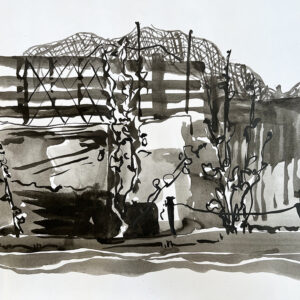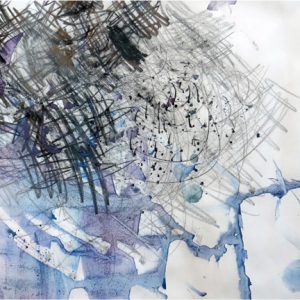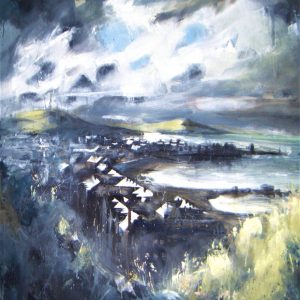This resource forms Part Two of “Exploring Watercolour at the Fitzwilliam Museum Cambridge with AccessArt“
After studying paintings from the collection at first hand, and identifying how various marks within the paintings may have been made, teachers were then invited to undertake their own exploration of working with watercolour, including colour mixing, paint techniques, and intention. This resource shares the processes and outcomes of the practical studio session.

To access all content, I would like to join as…
AccessArt is a UK Charity and we believe everyone has the right to be creative. AccessArt provides inspiration to help us all reach our creative potential.
